10 Signs of a 21st Century Classroom
One of my early challenges in coordinating my school’s STEM efforts has been determining exactly what is meant by a STEM school. There are probably as many answers to this question as there are educators, but I have decided to focus on what goes on inside the classroom. Not just in a science or math class, but in all classrooms. There are some activities that have traditionally been done well by the STEM disciplines that can be cross applied to all subjects.
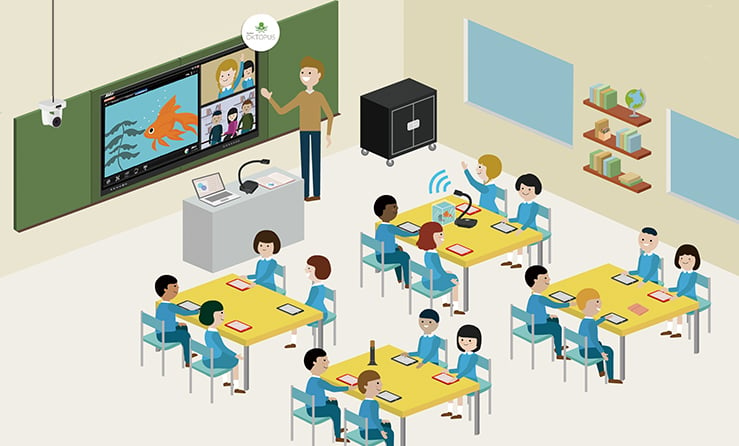
- 0 Comments
- Sep 23, 2019 10:12:00 AM
- Posted by Natalia Galvis
- Topics: EdTech, STEM, 21st Century Classroom, teachers, Edchat
How To Use Critical Thinking in Your Classroom
There are tons of topics and concepts that school has to introduce to young people, but the ability of critical thinking is easily the most vital among them. Stanford’s Encyclopedia of Philosophy defines it as “careful thinking directed to a goal”.
Critical thinking abilities include discerning wrong info and unreliable sources, connecting various facts, remaining rational and finding what is wrong with the reasoning of others. All of these are incredibly valuable, no matter which teaching strategies you’re employing.

- 0 Comments
- Sep 20, 2019 10:00:00 AM
- Posted by Natalia Galvis
- Topics: EdTech, STEM, 21st Century Classroom, teachers, Edchat, Critical thinking
Building a Collaborative STEM Classroom
During my first year of teaching, I was told that the first day of school is the most important. At the high school level, I should be firm and direct. I was cautioned not to use collaborative activities on the first day of school. I may unintentionally create an apocalyptic situation in my classroom as students would not listen to me, not be engaged, and become hard to manage since I didn’t know them yet. I listened for a few years until I had an epiphany...
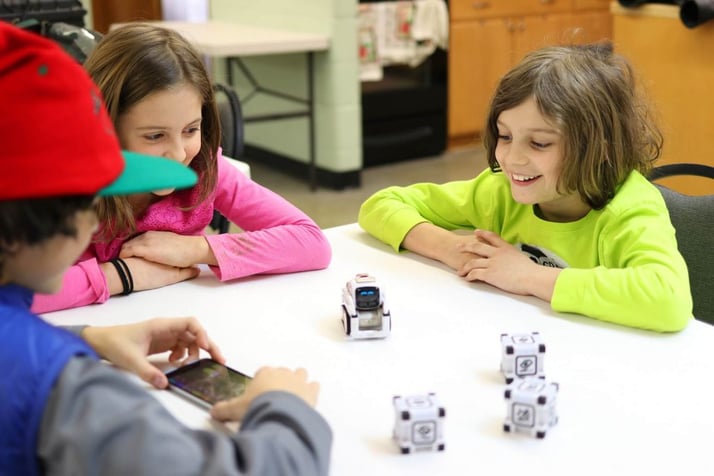
- 0 Comments
- Sep 16, 2019 10:01:00 AM
- Posted by Natalia Galvis
- Topics: EdTech, STEM, 21st Century Classroom, teachers, Edchat
7 Ingenious Ways to Use Edtech in the Classroom

Edtech makes teaching a breeze, right? Um…maybe not. Edtech remains an untapped resource in many classrooms. We are here to help teachers climb the edtech learning curve.
These inventive methods of using edtech tools in the classroom will breathe new life into teaching Common Core Standards. Edtech enhances classroom learning. Students engage the projects and assimilate targeted information and skills without resistance.
- 0 Comments
- Aug 20, 2019 10:09:00 AM
- Posted by Natalia Galvis
- Topics: EdTech, STEM, 21st Century Classroom, Technology, STEMchat, Edchat
Create a Makerspace for Your School in 5 Easy Steps
If you’re ready to foster your students’ curiosity by creating a makerspace on a budget, we’ve got you covered!
Learning should remain authentically connected to the real world, and the Maker Movement exemplifies that while encouraging creativity, collaboration, and critical thinking. Progressive New York City educator Angelo Patri said, “The substitution of direct experiences for indirect ones leads nowhere.”
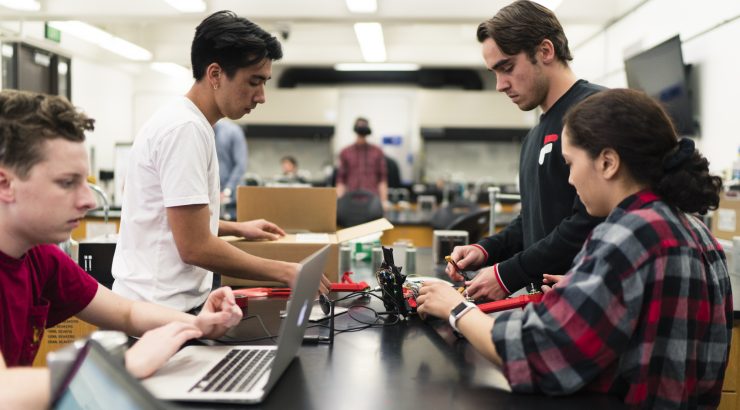
- 0 Comments
- Aug 19, 2019 10:00:00 AM
- Posted by Natalia Galvis
- Topics: EdTech, STEM, 21st Century Classroom, Makerspace, STEMchat, Edchat
What is the difference between AR and VR?
Augmented reality and virtual reality are two ways of changing the way we view the world through the use of technology. Sometimes people think that AR and VR are the same. In this article, we will explain the difference between the two technologies due to the increased use of them.
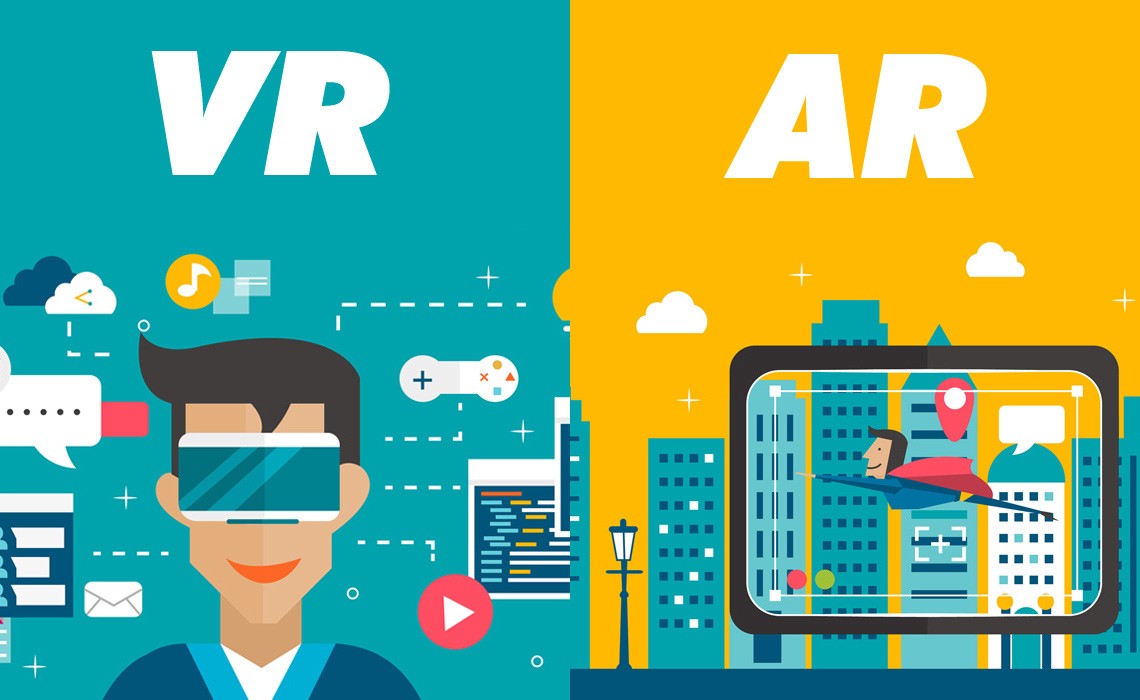
- 0 Comments
- Jun 5, 2019 10:28:04 AM
- Posted by Maria Alejandra Calcetero
- Topics: Robotics, EdTech, STEM, 21st Century Classroom
10 Mistakes To Avoid In Your STEM Classroom
There is more than one way to design a STEM classroom. From storage to seating, every stem classroom is different. With that said, there are several mistakes an educator can make when managing their STEM classroom that can make STEM activities less effective and fun. To create an engaging and positive collaboration environment, here are 10 mistakes to avoid in your STEM classroom.

- 0 Comments
- Jun 4, 2019 9:52:06 AM
- Posted by Maria Alejandra Calcetero
- Topics: Robotics, EdTech, STEM, 21st Century Classroom
Who needs robots in the classroom?
Programming and robotics seem to be the new, hip thing in today’s classroom. STEM concepts are being taught from elementary school, sometimes alongside core topics like English and Math. But why is teaching STEM topics to young kids so popular? How useful could it possibly be? (It’s not like the average person interacts with robots all day)
I’ll take you through my morning just to show you how silly this fad is!
7am
First things first, I got up and brushed my teeth. My toothpaste tube was nearly empty, so I pulled out my phone and ordered a new one on Amazon with one click.
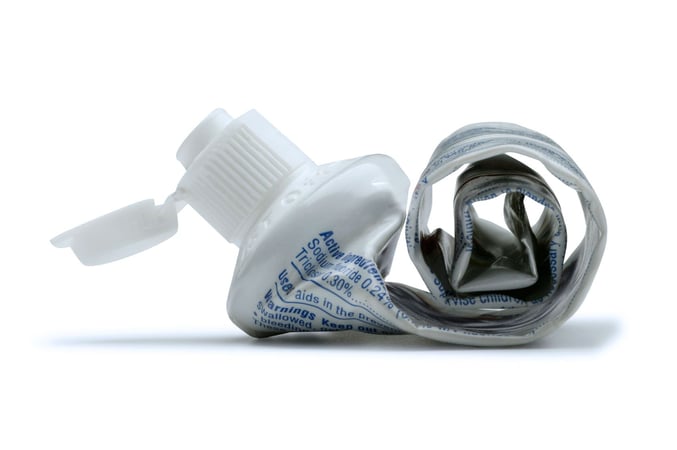
- 0 Comments
- Jan 22, 2018 12:50:24 PM
- Posted by Samantha Baker
- Topics: Robotics, STEM, code, 21st Century Classroom, Coding, Robots,, programming, children, Learning, Digital tools
The Four C’s to prepare our students for the 21st-century workplace and beyond
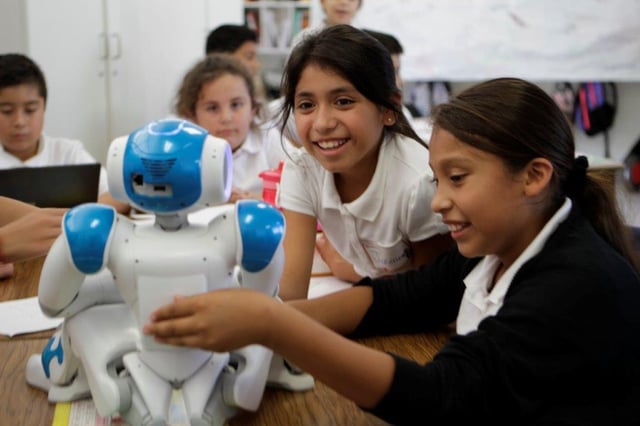
The Four C’s have created quite a buzz in the last few years in education. The four C’s consist of Creativity, Collaboration, Critical Thinking, and Communication. Each has a very unique and powerful aspect, and some might say that one is more important than another. We will discover each of the four C’s and why teaching the 4 C’s is important to prepare our students for the 21st century workforce.
Creativity
Let’s take an example in a Math class. For so long Math has been taught in a way to give a strict question and have the student come up with one answer. There are very specific 1, 2, 3 steps and a rigid guide on how-to. The first C represents the opposite of this, which is Creativity - thinking outside of the box. Being inspired to come up with more than one solution to a problem which allows students to approach it in multiple perspectives.
- 0 Comments
- Jun 13, 2017 4:45:38 PM
- Posted by Sook Campanelli
- Topics: Education, 21st Century Classroom, students
Can video games teach math?
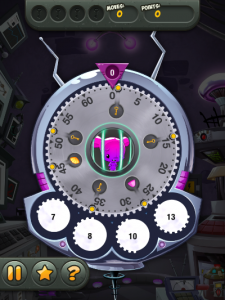
Dr. Keith Devlin (the NPR Math Guy and Stanford Mathematician) believes that anyone can become proficient in math if it is taught in a way that makes it relevant to them, and a perfect way to teach math to middle-school kids is with video games. He’s putting his money where his mouth is by starting his own video game company, InnerTube Games. According to InnerTube Games, the company doesn’t just build video games to teach mathematics, instead they build ‘instruments’ which are designed to be played; and playing with these instruments teaches the players mathematics. A bit like learning about music while playing the piano.
Wuzzit Trouble, the first game developed by InnerTube games, came out late last year. Wuzzits are imaginary little beings that look like tailless squirrels with a proclivity for getting trapped in cages in dark castles. It’s up to the player to get them out of these cages with keys found by answering puzzles. That’s one level of the game. At another level the game is a device for acquainting kids with the mathematical concept of integer partitions. Integer partitions are whole numbers expressed as a sum of other whole numbers. The whole number 4, for example can be expressed in five different ways: 4, 2+2, 3+1, 2+1+1 and 1+1+1+1.
- 0 Comments
- Aug 4, 2014 12:00:00 PM
- Posted by Charles Nimrad
- Topics: 21st Century Classroom
Relevant Posts
Popular Posts
Subscribe to Email Updates
-
I Want To Learn MoreADDITIONAL INFORMATION


